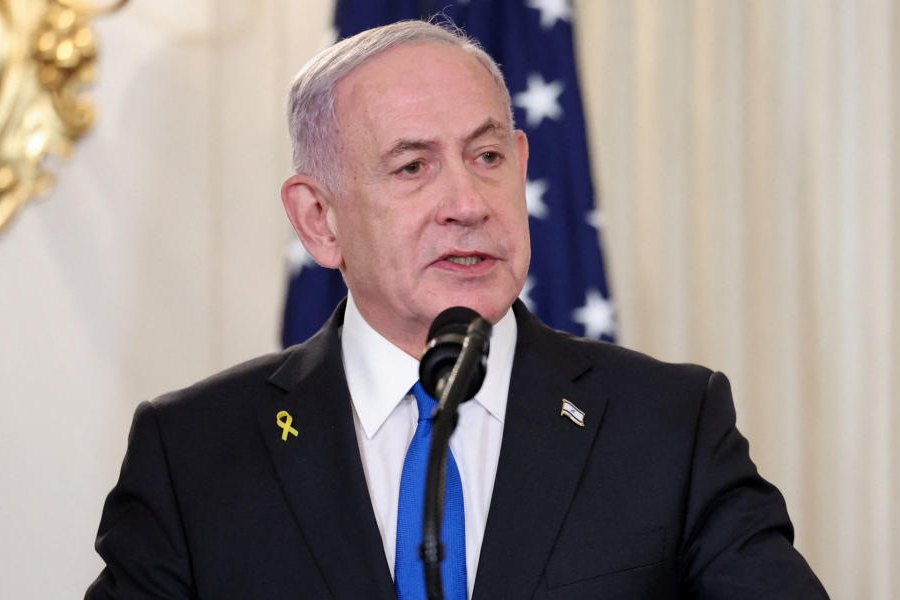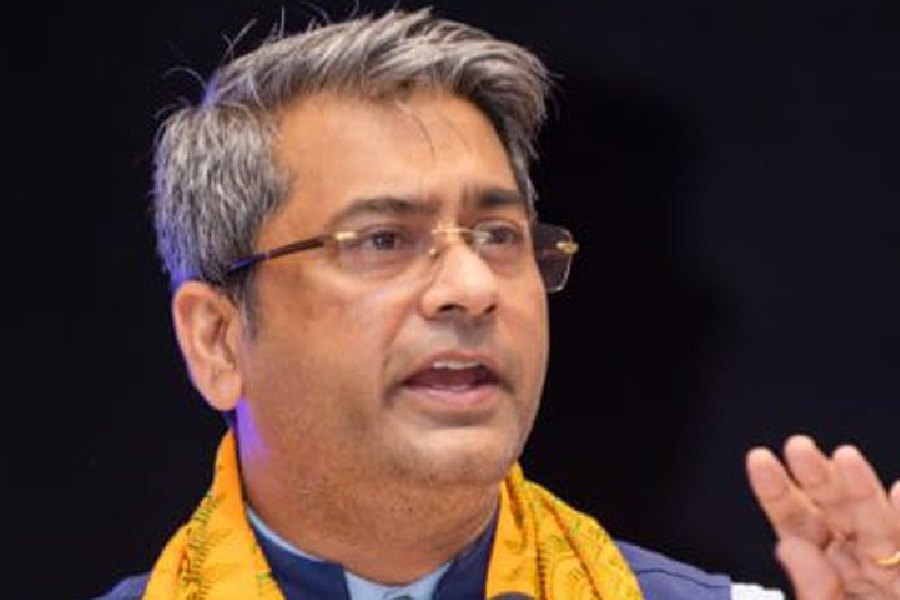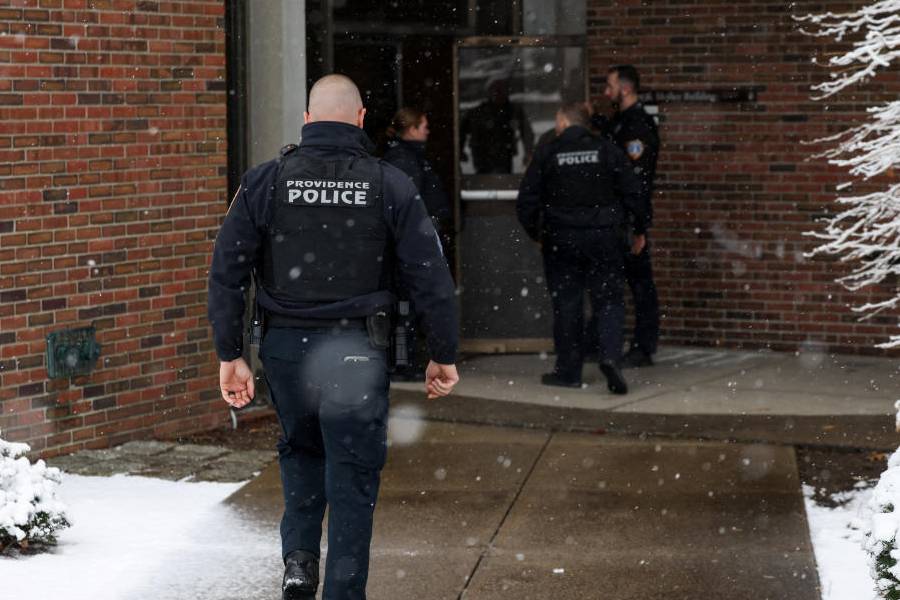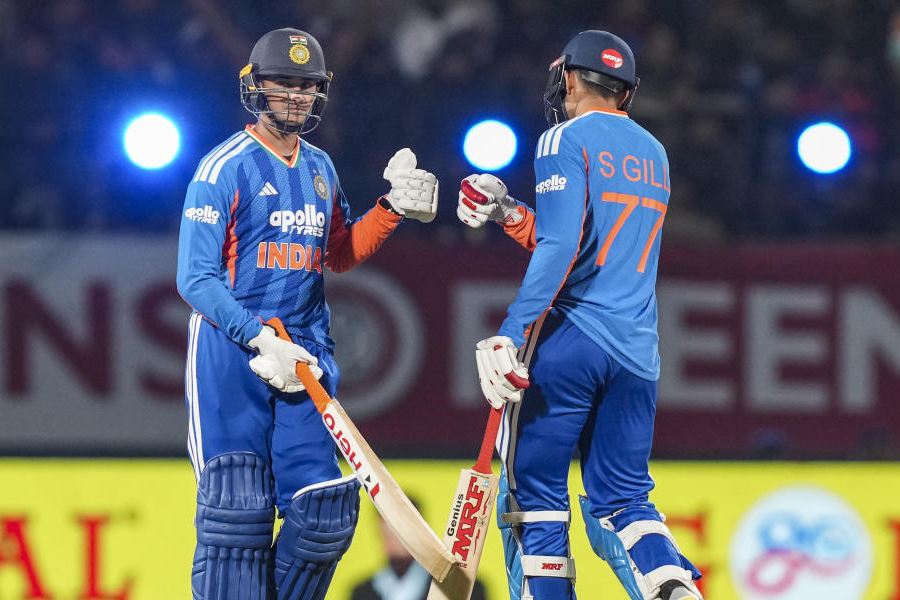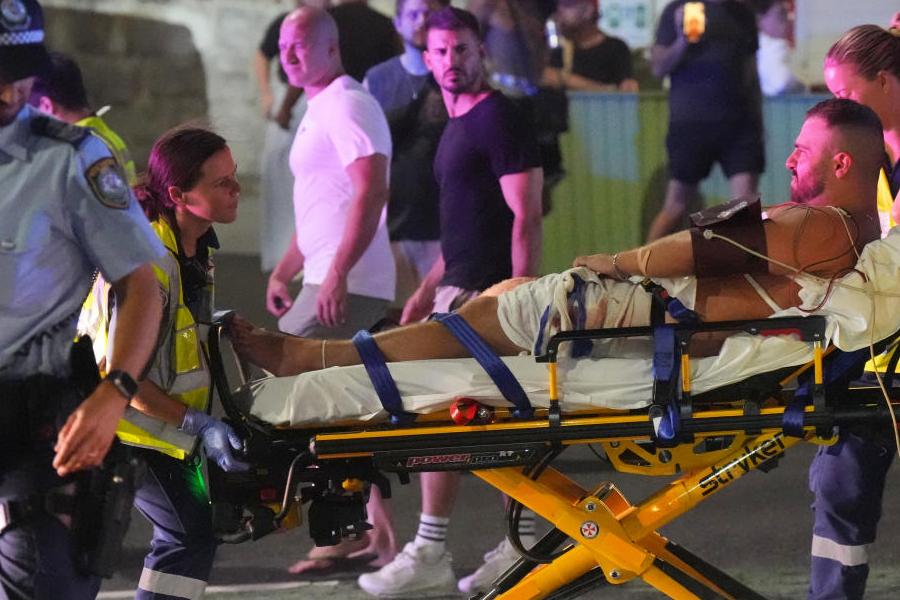 |
| WRAP GRAB: Dr Saman Khan Pic: Reena Martins |
Saman Khan gets ready for work. The fresh-faced medical intern at a Mumbai hospital puts her books and other belongings in a heavy haversack — and then carefully ties a hijab around her head.
Three years ago, Saman went to medical college in jeans and a chic hairdo. But soon she started seeking answers to questions about Islam and its guidelines for women. After poring over religious books, she decided to adopt the hijab — a scarf covering the head and the face.
“The hijab is most meaningful during youth when you’re the most beautiful,” she reasons. “It makes me feel empowered, rather than simply being looked upon as an object of beauty.” Some of her Muslim classmates at medical school also started wearing the veil after her.
Across Mumbai, more and more educated young women, who were once comfortable in jeans and tees, are becoming hijabis — women who wear scarves or clothing that put a veil between man and woman. Their mothers didn’t cover their faces or heads, but the daughters have adopted veils to underline their identity as Muslim women.
“Many of these women who find safety and respect in the burqa are doctors and engineers,” says Mumbai-based Islamic scholar Mufti Abdul Rasheed Khan. “It is more essential for a woman to wear it in our times than in the days of Prophet Mohammed,” he adds.
For Zubeda Tumbi, a nutritionist, the respect accorded to the headscarf triggered the need to wear it. Tumbi stresses that she was once a bindaas woman who considered a burqa-clad woman foolish.
But Tumbi’s defining moment arrived in 1997, when she first wore the hijab on a Haj pilgrimage as a 30-year-old married woman. “Even cars stopped for hijabi women to pass,” she says. “Nobody misbehaved with me. I felt precious.”
 |
| Dr Ruksheda Syeda |
A few months ago, Tumbi’s 16-year-old daughter who studied in a co-educational school, swims, plays football and drives a car, announced that she would wear the hijab because it made her feel “safer”.
The growing influence of ultra conservative sects such as the Wahabis and the desire to assert religious identity, a need that emerged after Mumbai’s 1992-1993 communal riots, have intensified over the past few years, says Noorjehan Safia Niaz, a founder member of the Bharatiya Muslim Mahila Aandolan Niaz. And the emergence of the hijab is one of the outcomes.
“The hijab is a result of both traditionalism and a cultural imposition of the patriarchy that is alive and kicking,” argues Javed Anand, general secretary, Muslims for Secular Democracy. “The growing Wahabi influence, which is pushing its own version of Islam, also has a role to play,” says Anand, adding that his sister and sisters-in-law too wear the burqa.
But for Zubeda Hamidani, an ophthalmic surgeon in Mumbai who was born into a traditional Hindu Gujarati family and was a “normal, modern college girl who wore only jeans”, wearing the burqa was a matter of choice, prompted by her reading of online religious literature. She has now managed to convince her mother-in-law and sister-in-law to wear burqas.
In the presence of her husband’s male relatives, Hamidani wears the gol dupatta, with only her eyes showing through the naqab. She wears a cap at home, taking it off only at bedtime. Her husband, Arif, also an ophthalmic surgeon, went from wearing a coat and tie to a flowing kurta-pyjama.
But while Arif still treats female patients, Zubeda no longer deals with men in her clinic. Saman Khan also wants to treat only women and children and hopes to be able to specialise in obstetrics and gynaecology.
Even very young girls are seen covered these days, says Rehana Salamat Sheikh, the principal of the Anjuman-i-Islam’s Allana English High School and Junior College in Mumbai. “In several middle-class homes, girls as small as two or three are dressed in a headscarf,” adds Niaz.
 |
| Rehana Salamat Sheikh Pic: Reena Martins |
Many of the new hijabis find they have to deal with curious colleagues. Mumbai psychiatrist Ruksheda Syeda routinely has hospital staff ask her why she wears a scarf. “They think I’m in need of emancipation... I tell them it’s a part of my identity, just like their symbols such as the mangalsutra.
“People are surprised when a hijabi woman is educated and affluent,” adds Sameena Bijlee, a researcher in reproductive health who began covering her head in 2008, when she felt uncomfortable counselling male clients at a rehabilitation centre in Mumbai.
Saman’s non-Muslim friends are also curious about what goes on beneath the veil. “Was I losing hair? Did I wear the scarf to bed? And above all, was my father oppressing me?” Saman’s liberal parents, actually, were surprised when she opted for the hijab, but advised her to don it only if she was serious about it. “They were also worried about me being typecast,” she says.
Sometimes, the objections have religious overtones. “I have heard young Muslim women in the corporate world complaining about colleagues taking objection to their wearing the scarf, while not objecting to short skirts or plunging necklines,” says Anand.
But not everybody sees the hijab as a sign of emancipation. “In a male dominated society it is the men who decide on the symbols of political or religious identity to be worn by women,” points out Dr Asghar Ali Engineer, writer and reformist.
Some members of the community are concerned about the growing popularity of the hijab. Anand fears that it could only “strengthen” religious stereotyping. “A lot of oil money is being pumped in to strengthen the tradition of hijab, which will be very difficult to remove,” warns Engineer.
But for Sameena, the hijab is just the beginning. Soon, she will add a pale gown to her scarf. In due course, she’ll top it with the naqab or a face mask. Her mother last wore the burqa as a new bride. For Sameena, however, it’s the beginning of a new life.


